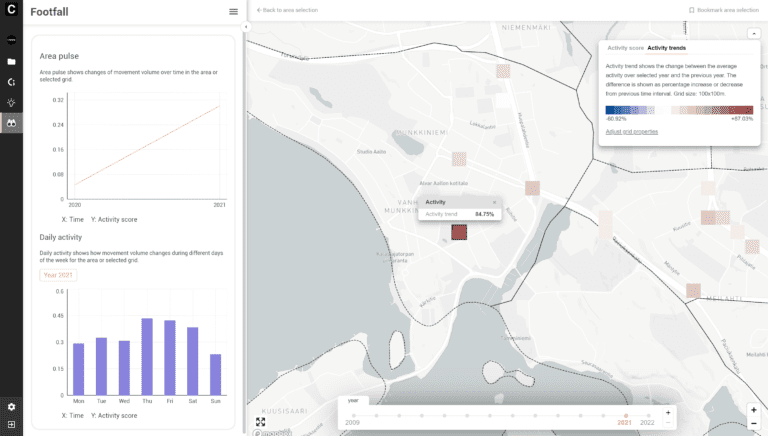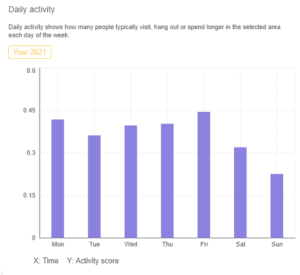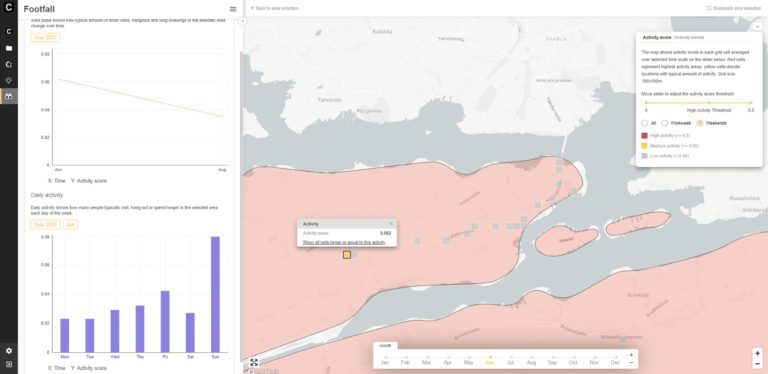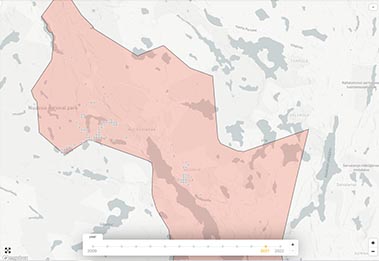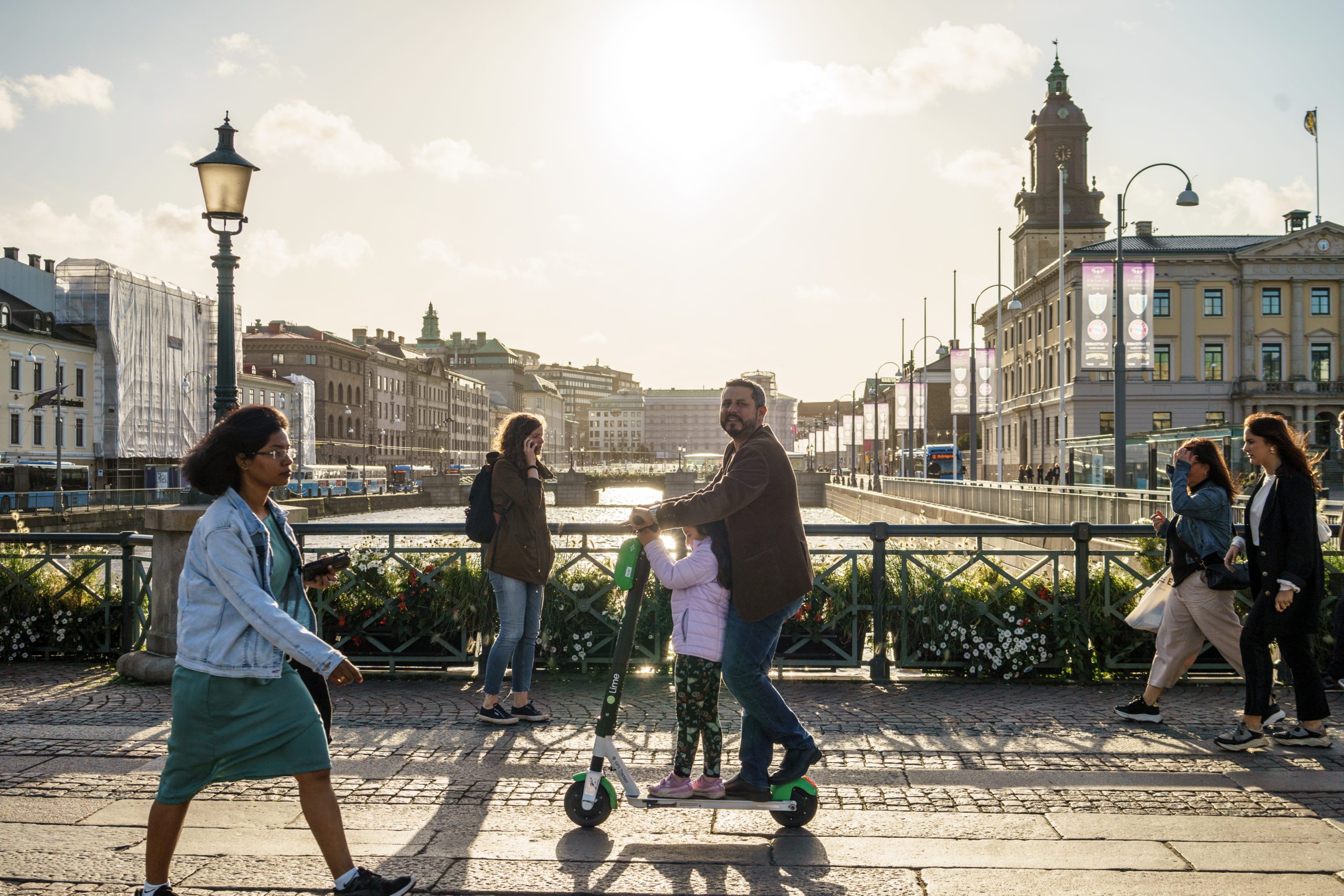

Data-driven property development is smart development
Many changes are challenging the real estate industry. The rise in the prices of construction raw materials, the energy crisis and inflation have impacted both property developers and property owners. At the same time, real estate operators are expected to take concrete actions to reduce emissions and increase the energy efficiency of buildings.




